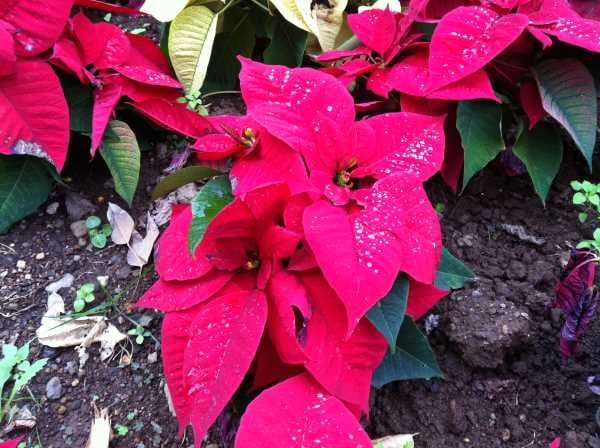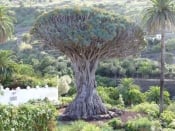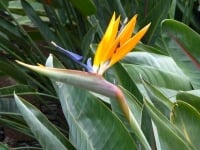Along the rural roads of Tenerife you will find huge stands of Poinsettia plants. These plants are normally associated with winter and the Christmas period to north Europeans, so it can be quite surprising to find it grows in abundance on Tenerife.
The plant is originally from Mexico and can grow to heights of over 2m, with bright red leaves that look like petals and small yellow flowers. The plants proper botanical name is ‘Euphorbia pulcherrima’, but its popular name of Poinsettia is derived from the first ambassador of the USA to Mexico, Joel Robert Poinsett, who brought back plants from Mexican wilderness in 1828.
Although the leaves, which are normally mistaken for petals are famously red, they can bloom in different hues such as white, pink and yellow.
The Poinsettia plant has been reported as highly toxic, but this is a misconception. This plant is a member of the Spurge family, and while some spurge plants are toxic, the poinsettia’s toxicity is mild, and the average person would have to eat 500 to 700 leaves to cause a serious problem. The plants are classified as non-poisonous.
They do contain a compound that is similar to latex rubber however, so if you have a latex allergy you should be careful around poinsettia plants, as plant is part of the same family as natural latex rubber that is cultivated from the Brazilian rubber tree.
These plants were also cultivated by the Aztecs who made medicine from the milky sap and used the leaves to make dye.
So how did the poinsettia become associated with Christmas? Legend tells of a Mexican girl who could not afford a gift to Jesus on Christmas Eve, so she offered some weeds picked from the road side. She then placed these weeds around the manger in the nativity scene in the church. These weeds blossomed into beautiful red flowers and the manger was soon surrounded by star shaped flowers.



